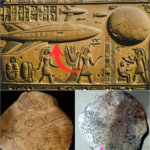Bright Ancient Rome: Using Contemporary Technology to Reveal the Hidden Colors of Statues
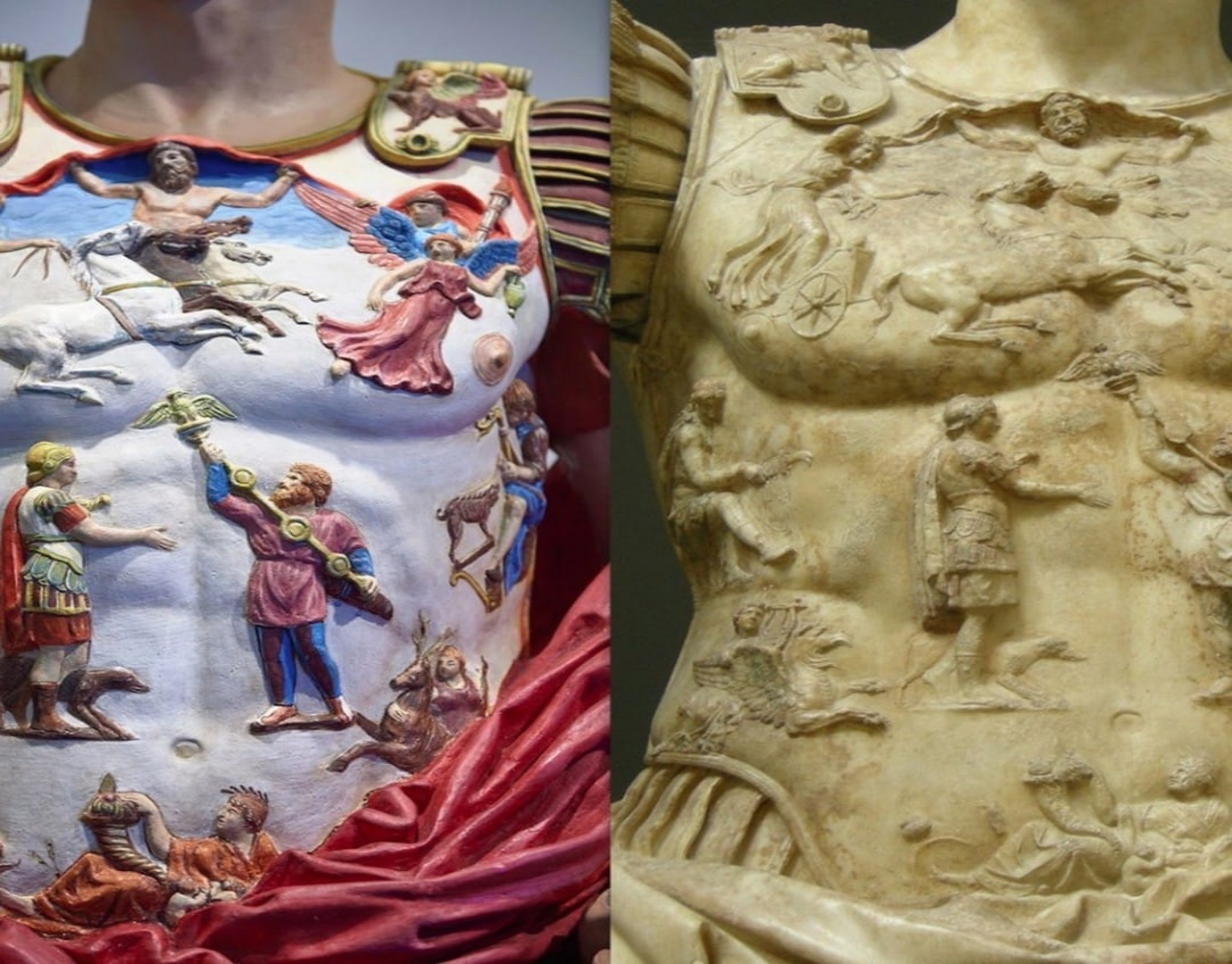
In Ancient Rome, the perception of art was not confined to the monochromatic marble sculptures we often envision today. Instead, the cityscape was a riot of colors, with statues and buildings adorned in vibrant hues. The technique used to achieve this colorful spectacle was both ingenious and intricate.
During the height of the Roman Empire, artists employed a method known as “encaustic painting” to embellish statues and architectural elements. In this technique, pigments were mixed with melted wax and then applied to the surface of the desired object while the wax was still hot. The wax acted as a binding agent, securing the pigments to the surface and creating a lustrous finish.
Even marble, typically prized for its pristine white appearance, was not exempt from this colorful treatment. To prevent the colors from flowing or fading, marble surfaces were treated with oil before the application of pigments. This ensured that the colors remained vibrant and intact for generations to come.
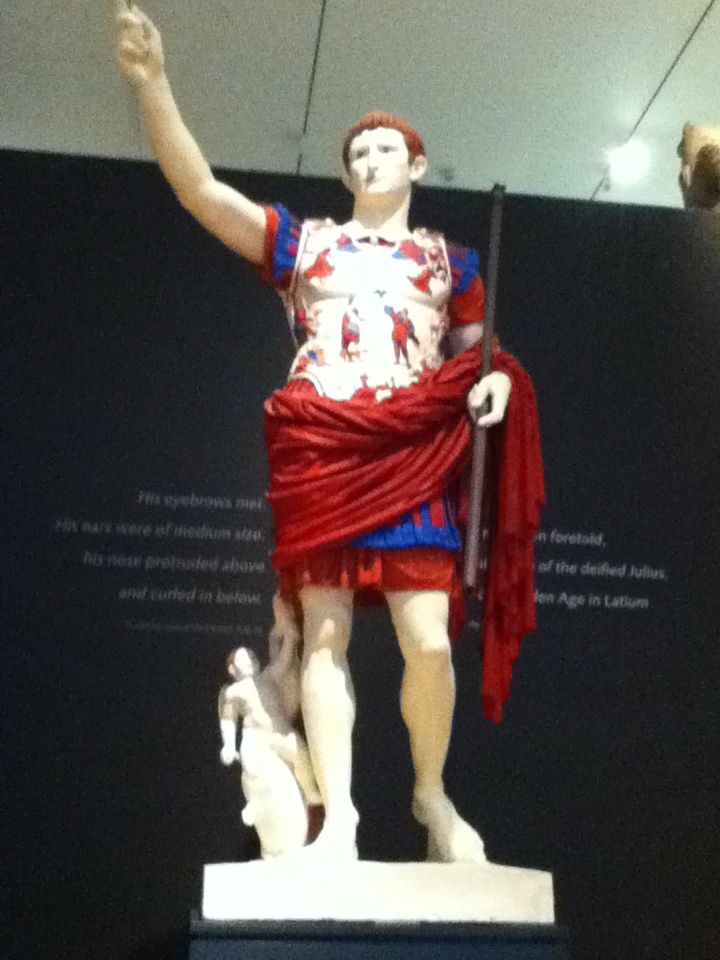
Despite the meticulous efforts of ancient artists, much of the vibrant coloration of Ancient Roman art has been lost to the ravages of time. Natural pigments and wax are susceptible to degradation, and exposure to the elements over centuries has caused many of these colorful details to fade or disappear entirely. As a result, the statues and monuments we see today stand as ghostly remnants of their former glory, their once-bright colors reduced to muted tones of gray and white.
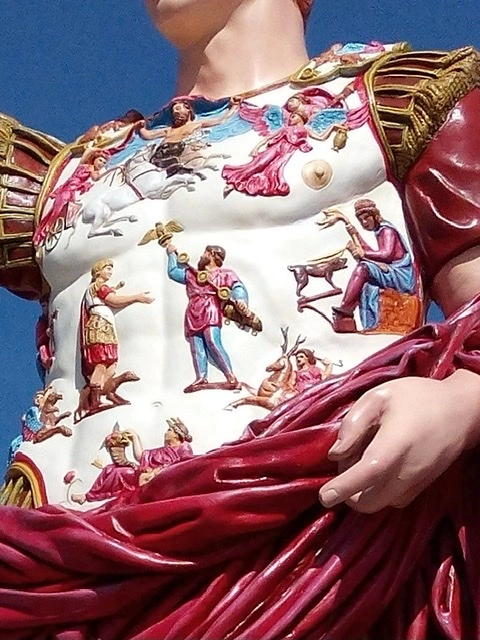
However, thanks to modern technology, we are beginning to uncover the colorful secrets of Ancient Rome once again. One such breakthrough occurred with the discovery of imperceptible fragments of color on the statue of Augustus of Prima Porta. This iconic statue, depicting the first Roman emperor, had long been admired for its masterful craftsmanship but was believed to be devoid of color.
Using ultraviolet light photography, researchers were able to reveal traces of pigments that had previously gone unnoticed by the naked eye. These subtle hints of color offer a tantalizing glimpse into the vibrant world of Ancient Rome, where statues were once adorned in hues of red, blue, and gold.
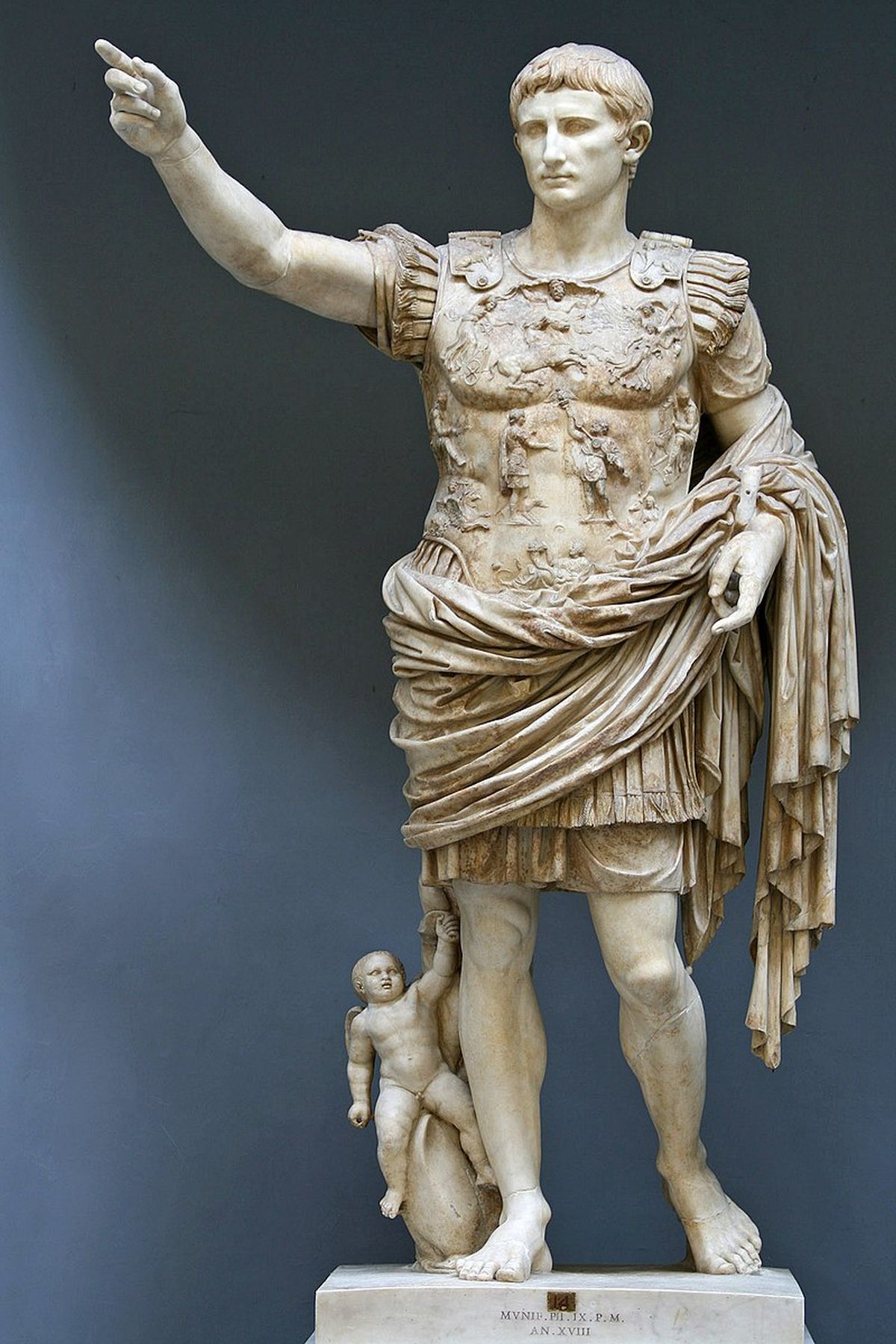
The revelation of color on the Augustus of Prima Porta statue serves as a testament to the ingenuity of ancient artists and the resilience of their creations. It also underscores the importance of continued research and technological advancements in uncovering the hidden truths of our cultural heritage.
In conclusion, the colorful legacy of Ancient Rome offers a fascinating insight into the artistic techniques and aesthetic preferences of the time. While much of this vibrant heritage has been lost to the passage of time, modern technology allows us to glimpse the colorful past that once adorned the streets and squares of the Eternal City. As we continue to explore and uncover the secrets of Ancient Rome, we gain a deeper appreciation for the rich tapestry of history that has shaped our world.






